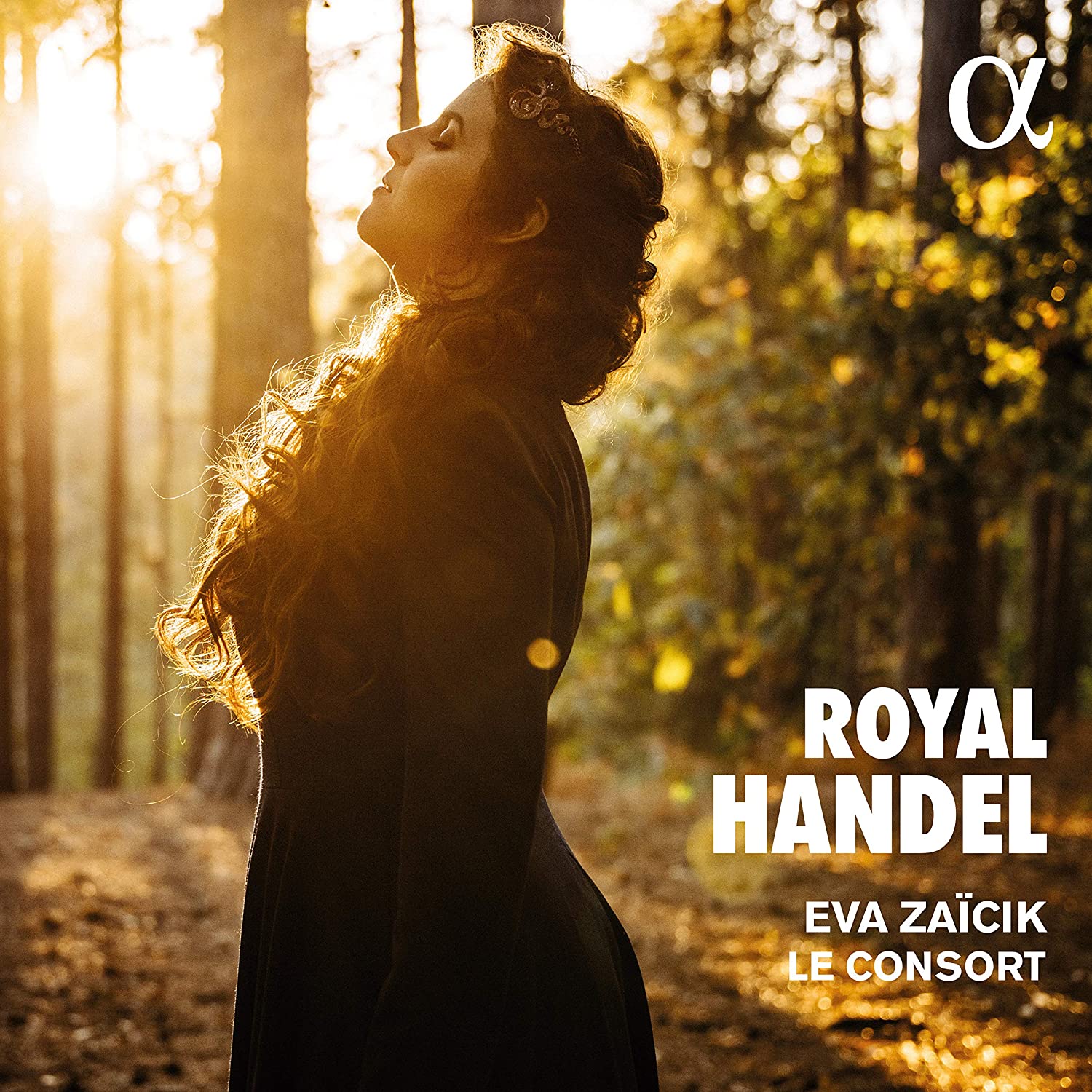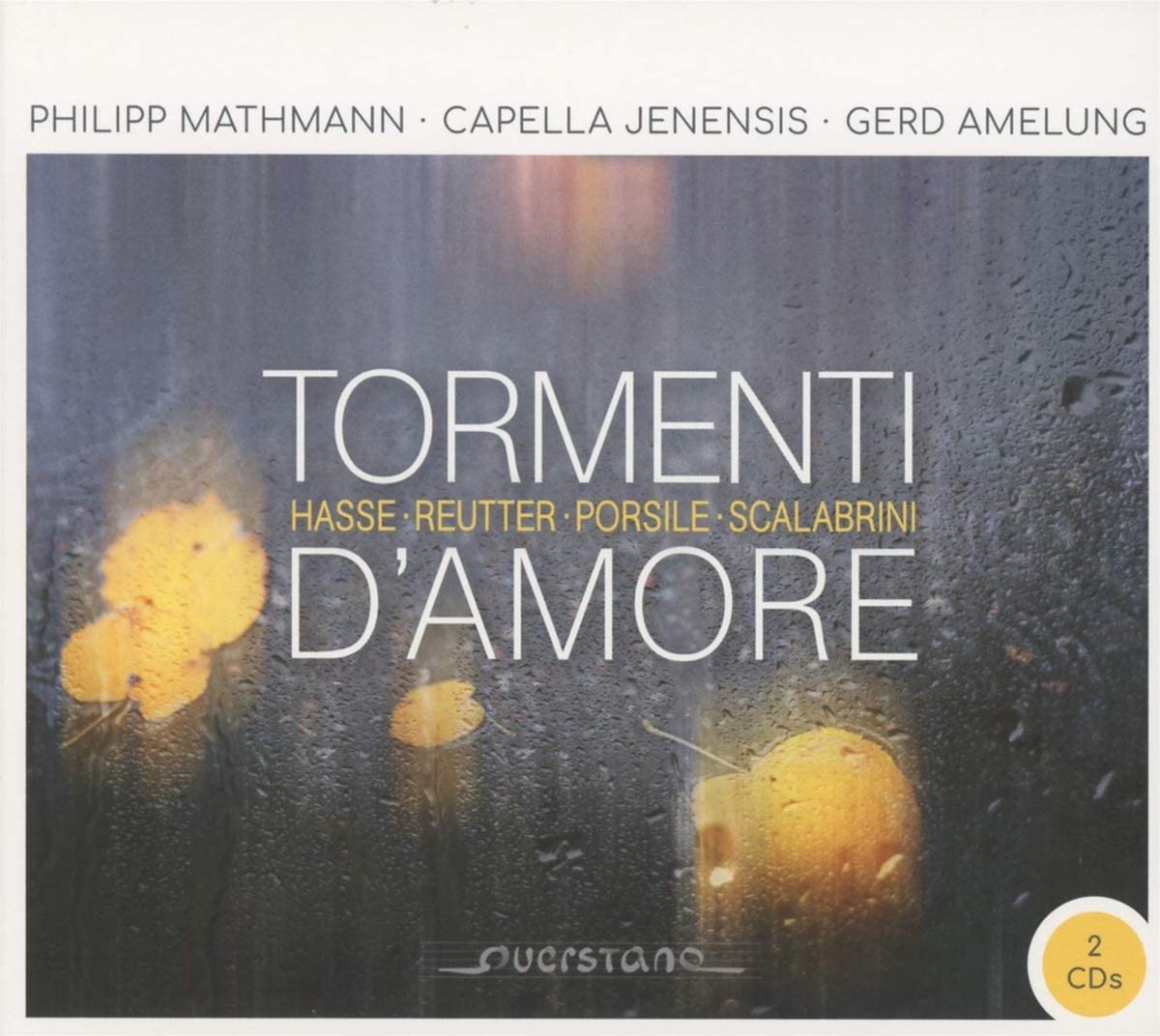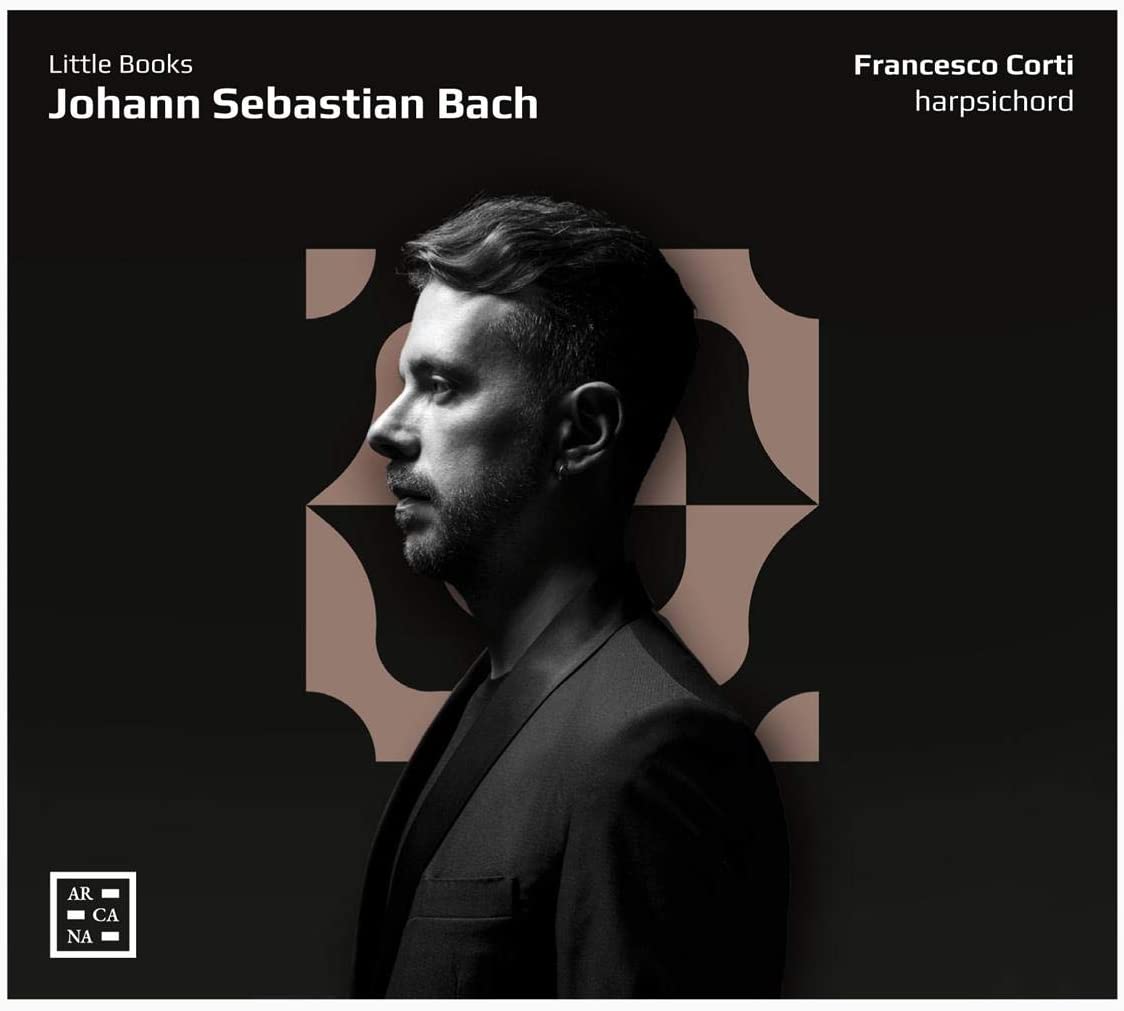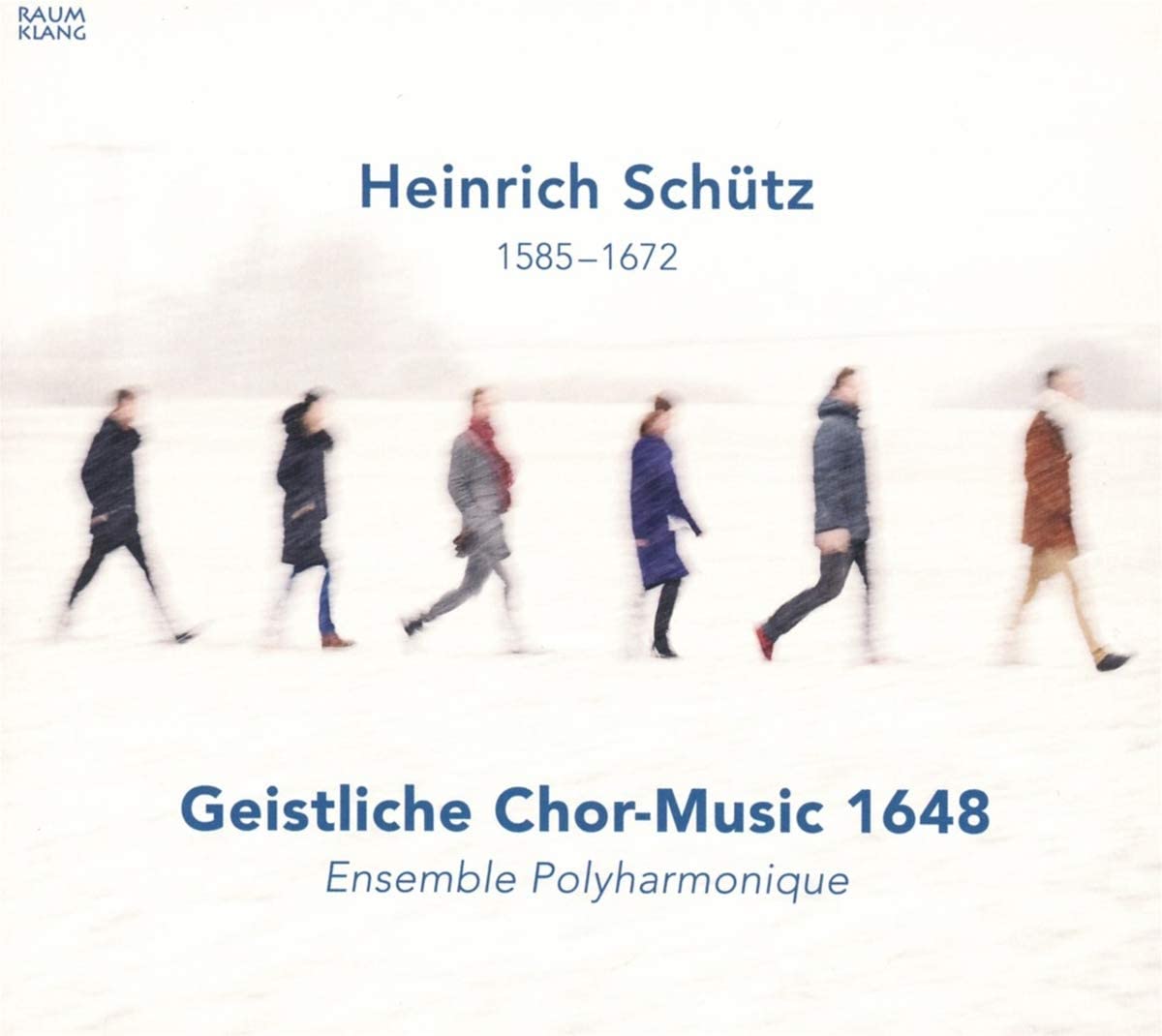Henry Bradshaw Society Subsidia
Edited by Daniel J. DiCenso and Rebecca Maloy
The Boydell Press, 2017.
596pp, ISBN 9781907497346 – £60
Joseph Dyer is a scholar of early medieval plainchant and liturgy, based in the University of Massachusetts. He has made a seminal contribution to our understanding of early Medieval Roman liturgy, how it developed and was performed, what are its sources, and how it fitted into the topography of the city. This hefty collection of nineteen essays by some of the biggest names in early medieval scholarship is offered as a tribute to his decades of quiet work. Most are based in the US, but they are joined by two from Cambridge, UK (Susan Rankin and Christopher Page) and one from Regensburg (David Hiley). Although the period covered is earlier than my own, I found much to stimulate me, and I am confident that the same would apply to a wide variety of readers. There are specialist contributions on chant and liturgy, certainly, but there are also essays on the layout of medieval Rome, the construction and continued expansion of Old St. Peter’s Basilica, the design and functions of Paris’s Notre Dame Cathedral and Sainte-Chappelle, the powerful role of the medieval archdeacon, and the codification of monastic psalm-chanting. There isn’t room here to cover all the essays in detail, so I will highlight some that particularly caught my attention, while giving a generalised overview of the collection.
One abiding area of controversy among scholars has been the exact nature of early ‘Roman’ chant, and how it might – or might not – have been reflected in the codified ‘Gregorian’ chant which began to appear in manuscripts dating from the time of Charlemagne (c. 800 AD). One of the book’s editors, Daniel J. DiCenso, tackles this in his ‘Revisiting the Admonitio generalis’, taking a revisionist approach to the accepted narrative that the Carolingians forced the adoption of a standardized ‘Roman’ Rite and its chants, to the detriment of local traditions. Taking just one chapter of the Carolingian Admonitio of 789, he shows convincingly that this was not intended to be prescriptive and that the situation was generally more nuanced than the accepted narrative would have it, with each locality making its own choices, and uniformity only gradually being established, if at all. Adding the word ‘Roman’ could give a spurious authority to practices not necessarily connected to that city. The problem for scholars has been a dearth of genuine Roman sources from the period before 800, making it difficult to judge such claims of papal authority. Other essays in this area deal with the earliest office antiphons which are found in Roman sources (Edward Nowacki), the development of the Roman Paschal Vigil (Thomas F. Kelly, another crucial figure in researching early Roman chant sources), and with Western sources for the Greek Doxa in ipsistis Theo (Gloria in excelsis Deo) which Charles Atkinson thinks were not derived from Orthodox sources, as scholars have generally assumed.
Liturgy cannot be separated from buildings and places, and a number of these contributions focus on particular locations. I was struck in reading Charles McClendon’s article, ‘The Changing Role of Old St. Peter’s in Late Antique and Early Medieval Rome’, by how little we know about when the basilica was actually built – whether by Constantine or by his successors – or how it developed during its first six centuries. McClendon summarises recent research on the change in function from high-class burial ground to world pilgrimage centre, taking the story up to the visit of Charlemagne in 800. Equally enlightening to me was Catherine Carver’s ‘As the Bell Tolls: Parish Proximity in Medieval Rome’, conjuring up the city’s narrow streets and its very high number of parish churches c. 1200, with conflict between local and centralised power being tolled out by innumerable bells. In a later section of the book, dealing with more peripheral developments, Rebecca Baltzer discusses medieval Paris’s two great sacred buildings – Notre Dame and the Sainte-Chappelle – analysing the symbolism inherent in their sculpture and stained glass. The former, devoted to the Virgin Mary, exploited polyphony; the latter, dedicated to Christ and symbols of his Passion, preferred to utilise rhymed offices and sequences, in plainchant. In that same section of the book Mary Wolinkski usefully compares the surviving sources for liturgy in two Parisian churches, both hosting confraternities dedicated to St. James, with those describing liturgy at the heart of that cult, Santiago di Compostela. Susan Boynton’s ‘Music and the Cluniac Vision of History in Paris, BN Ms lat 17716’ takes a detailed look at a complex manuscript from the monastery of Cluny, seeing its liturgy and music as a catalyst in the construction of memory and a Cluniac vision of history.
There were many facets to the practice of plainchant, some of which are explored here. Susan Rankin’s ‘Singing the Psalter in the early Middle Ages’ investigates the layout of psalters and what they can tell us about the process of memorising the psalms, as well as how psalm texts were organised and divided up for the monastic hours. This is a particularly layered contribution which shares the author’s deep knowledge of both sources and practice; it might have benefitted from more than the one illustration which accompanies it. David Ganz shows how basic prayers like the Creed and Pater Noster were taught to catechumens in Merovingian and Carolingian France: this teaching was reinforced by their inclusion as chanted items in the liturgy. Luisa Nardini examines ways in which the Italian secular literary tradition began to seep into liturgical chant, through the process of adding texts – called prosulas – to complex melismas. John F. Romano looks at the role of the archdeacon in both Rome and elsewhere: as well as being a powerful administrator, the archdeacon played a crucial role in organising the liturgy.
Finally, a number of essays look in detail at specific chant repertories, mainly from outside Rome. Emma Hornby shows how four extended tracts were added late to the Beneventan Easter Vigil in the ninth century, in an attempt by this waning local dialect to compete with new Franco-Roman models. James Borders looks at a twelfth-century Pontifical from Lyon, trying to pin down the sources for the antiphons etc. which it contains, mostly for the service of Dedication of a church. It is painstaking work which typifies the labours of chant scholars. Also complex but rewarding is Barbara Haagh-Huglo’s ‘The Tonality of the Numerical Offices in Cambrai Ms. 38’, dealing with modal ordering of antiphons and how this might have been understood by singers. William Mahrt’s ‘Melodic Trope as Modal Rhetoric’ analyses a series of chants which either change mode briefly in the middle, or use a mixture of modes, as a rhetorical device. Christopher Page’s ‘To Chant in a Vale of Tears’ seeks to explore, through music psychology, how those singing the chant might have been moved by melodies which, on the face of it, seem to do little to reflect their text; he uses Rex autem David as an example. Finally, David Hiley examines some proper office chants for the feast of St. George in a South German noted breviary from c. 1140. As well as providing a thorough analysis, he explores the possibility that they might be part of a lost office for St. George by the medieval chronicler and writer Hermannus Contractus, though is unable to give a definitive answer.
Of their nature, Festschrifts can be a bit hit or miss: scholars are invited to contribute, with only very general guidelines, and the temptation to visit the bottom drawer can be strong. Divisions into sections are made after the submissions have come in and can seem rather arbitrary: that is the case here where something like my own divisions above might have worked better than those used by the editors. That said, this particular Festschrift has a very weighty set of contributions which readers will find useful on many levels. For chant scholars, there is a compendium of useful models and methodologies which are applied to sources, analysis, and performance contexts. Other readers will be able to pick and choose between articles which cover architecture, manuscript layout, memory and transmission, centres versus peripheries. Commissioning this book has been a worthwhile undertaking for the editors, as well as being a clear labour of love. Production values by the publishers, Boydell Press, and the Henry Bradshaw Society which has sponsored the book, are very high.
Noel O’Regan









